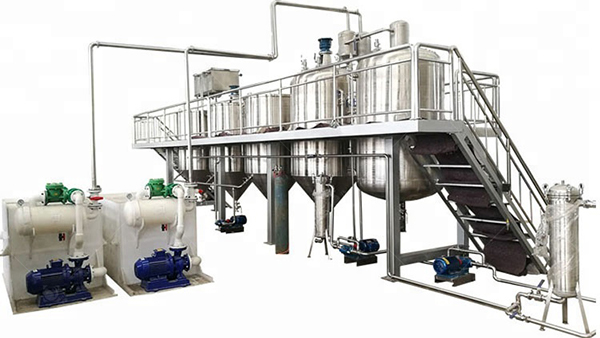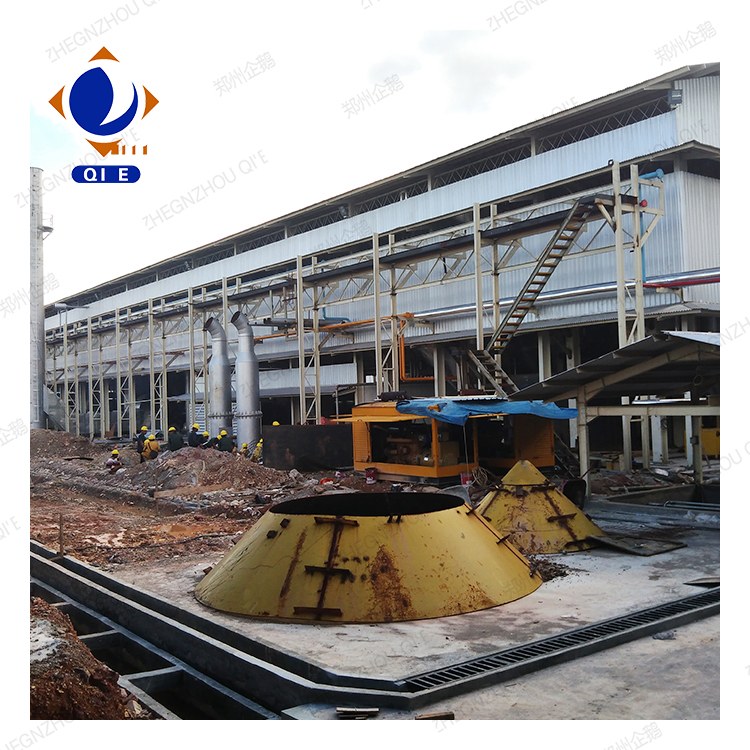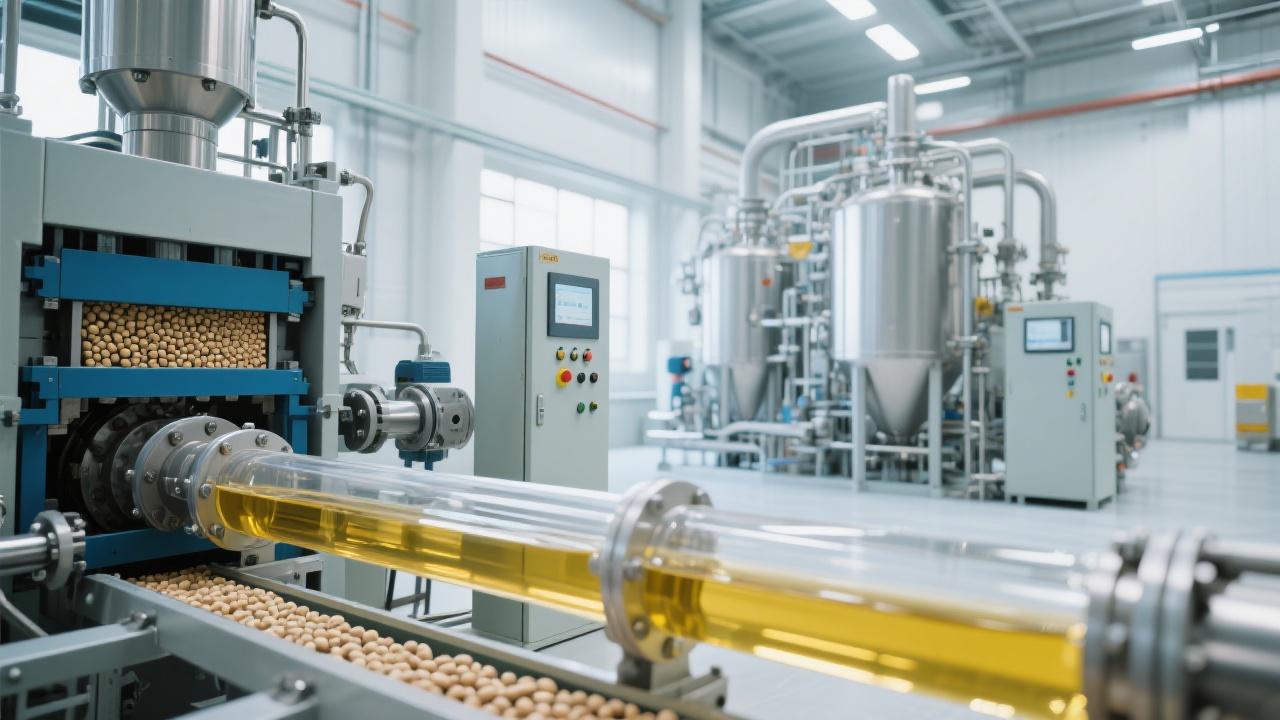
In the highly competitive edible oil market, optimizing the degumming and deodorization process of soybean oil is crucial for oil - processing enterprises to enhance product quality and market competitiveness. This article will delve into the key aspects of this technology based on real - world factory cases and practical experience.
When it comes to degumming agents, different types can have a significant impact on the degumming effect. For example, a comparison between phosphoric acid and acetic acid shows distinct differences. Phosphoric acid is often preferred for its strong chelating ability, which can effectively bind metal ions and phospholipids in soybean oil. In contrast, acetic acid has a milder reaction, which may be more suitable for some specific oil qualities. The pH value control in the neutralization reaction also plays a vital role. Studies have shown that maintaining the pH value within a specific range can significantly reduce the residual soap content. For instance, when the pH value is controlled between 7.5 and 8.5, the residual soap content can be reduced by up to 30% compared to an uncontrolled reaction.

Common problems in the degumming process, such as low degumming efficiency and residual odors, often plague oil - processing factories. Low degumming efficiency can be caused by improper degumming agent selection, incorrect reaction temperature, or insufficient mixing. To address this, factories can choose the appropriate degumming agent based on the quality of the crude oil, optimize the reaction temperature, and ensure thorough mixing. For odor residues, it may be due to incomplete deodorization or the presence of certain odor - causing substances.针对性改进措施 could include adjusting the deodorization process parameters, such as increasing the temperature and vacuum degree during deodorization.
The integrated equipment of degumming - neutralization - bleaching - deodorization offers great value for factories of different scales. In small - to medium - sized factories, this integrated equipment can reduce the floor space required for multiple single - process machines. In large - scale factories, it can improve the overall production efficiency. For example, by using an integrated system, the production cycle can be shortened by up to 20%, and the energy consumption can be reduced by 15% compared to using separate equipment for each process.

One of our overseas customers used our equipment and achieved remarkable results. After using our degumming and deodorization equipment, the degumming rate increased by 15%, and the odor detection pass rate reached 100%. This customer was able to produce high - quality soybean oil that met international standards, which significantly enhanced their market competitiveness. As the customer said, "The use of your equipment has transformed our production process, allowing us to produce better - quality products with lower costs."
Our modular installation design allows for quick and easy setup of the equipment. With a one - year warranty and remote technical support, we ensure the stable operation of the equipment. The automation operation reduces the reliance on manual labor, which not only improves the production efficiency but also reduces the potential human errors.

In conclusion, optimizing the soybean oil degumming and deodorization process is a comprehensive task that involves technical selection, process optimization, and equipment integration. If you are an oil - processing enterprise looking to improve your product quality and production efficiency, Penguin Group's soybean oil refining equipment and related technical services are your ideal choice. Click here to learn more about how our solutions can transform your business!











